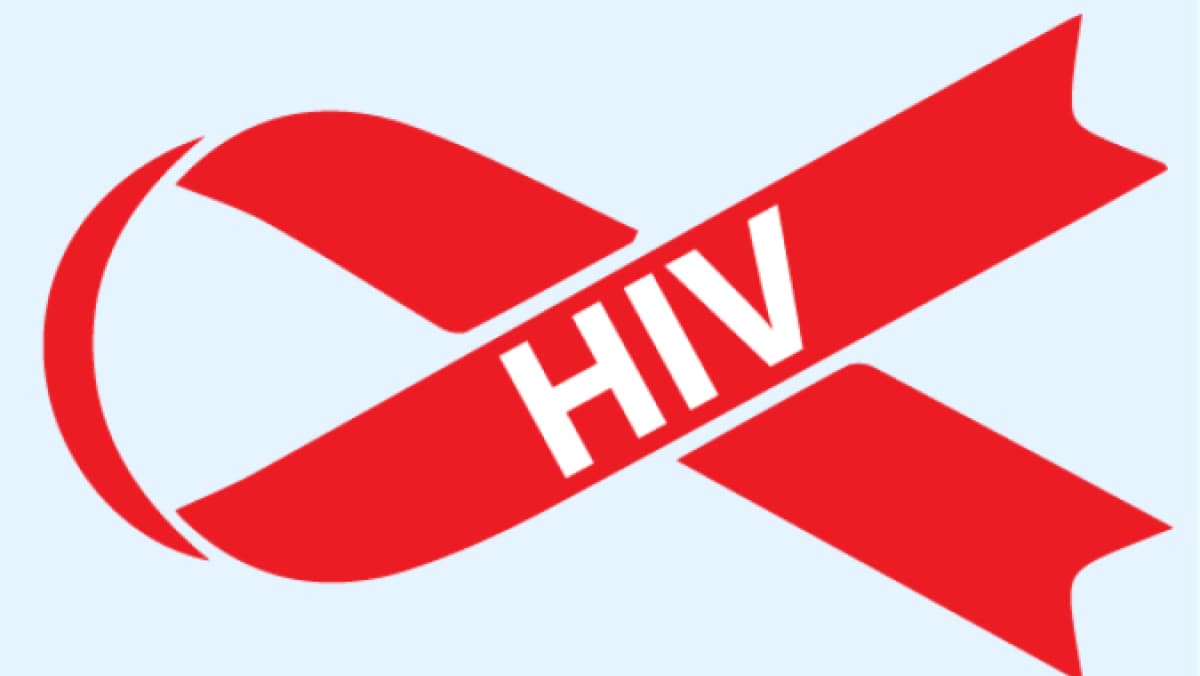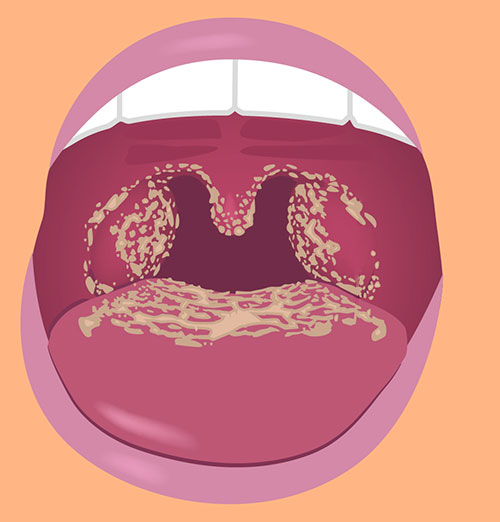Key points
- HIV/AIDS weakens the immune system and increases risk for fungal diseases.
- Keep CD4 counts above 200 to prevent serious illness.
- In the U.S., Anti-Retroviral Therapy (ART) has reduced the number of fungal diseases among people with HIV/AIDS.
- Fungal diseases remain common and deadly in parts of the world without ART,

Overview
People with HIV/AIDS are at increased risk for fungal diseases and have a higher risk for more severe forms of infection. Some fungal diseases, cryptococcosis, histoplasmosis, and pneumocystis pneumonia (PCP) are especially more likely to affect people with HIV.
However, there are many effective prevention strategies. People living with HIV/AIDS can work with healthcare providers to maintain CD4 counts, manage ART, and take other medications. Overall, the number of fungal infections and deaths among people with HIV/AIDS reduced significantly in the United States since the 1990s.
People who lack access to ART have much higher rates of death caused by fungal diseases. Lack of healthcare access is a challenge in sub-Saharan Africa and parts of Latin America in particular.
Learn how to reduce risks
Maintain CD4 count
Keeping CD4 counts above 200 helps avoid serious illness from fungal infections.
Comply with anti-retroviral therapy (ART)
ART helps slow the progress of HIV and helps prevent fungal infections.
Understand the range of severity
Some fungal infections are mild skin rashes, but others can be deadly, like fungal meningitis. Because of this, it's important to seek treatment as soon as possible to try to avoid serious infection.
Ask about fungal diseases
Many fungal infections share symptoms with more common infections caused by bacteria or viruses. Healthcare providers may prescribe antibiotics (to kill bacteria) or antivirals (to kill viruses) that cannot treat fungal infections.
Contact a healthcare provider if a prescribed medication is not working. Ask them about testing and treatment for fungal infections.
Understand geographic risks
Some disease-causing fungi are more common in certain parts of the world. For more information on travel related illnesses, please see the CDC Traveler's Health site.
Avoid risky activities
Disease-causing fungi can be found in air, dust, and soil. Avoid activities and situations that increase dust and soil in the air like gardening, construction, and being outside in heavy winds.
Be aware of medication effects
Some medications can increase risk for fungal infections. For example, people with HIV/AIDS taking certain medications may be at risk for thrush, an infection in the mouth and throat. Thrush is not life-threatening but can make it painful to eat.

Talk to a healthcare provider about medication affects and how to manage them. Do not stop any prescribed medicaitons without their advice.
Prevention strategies
Healthcare providers may take certain steps to help prevent people living with HIV/AIDs from getting fungal infections.
Preventative medications
Sometimes people with HIV/AIDS take prescription medications to avoid getting fungal infections. Healthcare providers sometimes prescribe TMP-SMX, also called Bactrim, Septra, or Cotrim to prevent Pneumocystis pneumonia (PCP).
Targeted screening programs
Cryptococcal meningitis is a significant risk with a high death rate for people living with HIV/AIDS, particularly among those without ART. In areas where Cryptococcus and HIV are both common, targeted screening programs can prevent cryptococcal meningitis.
Screening can detect if the fungus is present in the body before it causes symptoms. People who test positive can take antifungal medications to prevent getting sick.

United States and Global Trends
United States
ART has reduced the number of deaths caused by fungal diseases among people with HIV/AIDS in the U.S. substantially since the 1980s. One study showed that the incidence of cryptococcosis people with HIV decreased by approximately 90% in the 1990s.
However, ART does not eliminate the risk for fungal infections. Healthcare providers and people with HIV should still work to prevent infections.
Fungal diseases are still a major risk and cause of death among people with HIV in some parts of the world. The two most common fungal disease risks are cryptococcosis and histoplasmosis.
Worldwide, approximately 220,000 cases of cryptococcal meningitis 181,000 deaths occur each year, mostly in sub-Saharan Africa. In Latin America, histoplasmosis is common and approximately 30% of HIV/AIDS patients diagnosed with histoplasmosis die from this infection.
Although access to HIV care and treatment is improving in developing countries, the need to increase and expand capacity continues.
